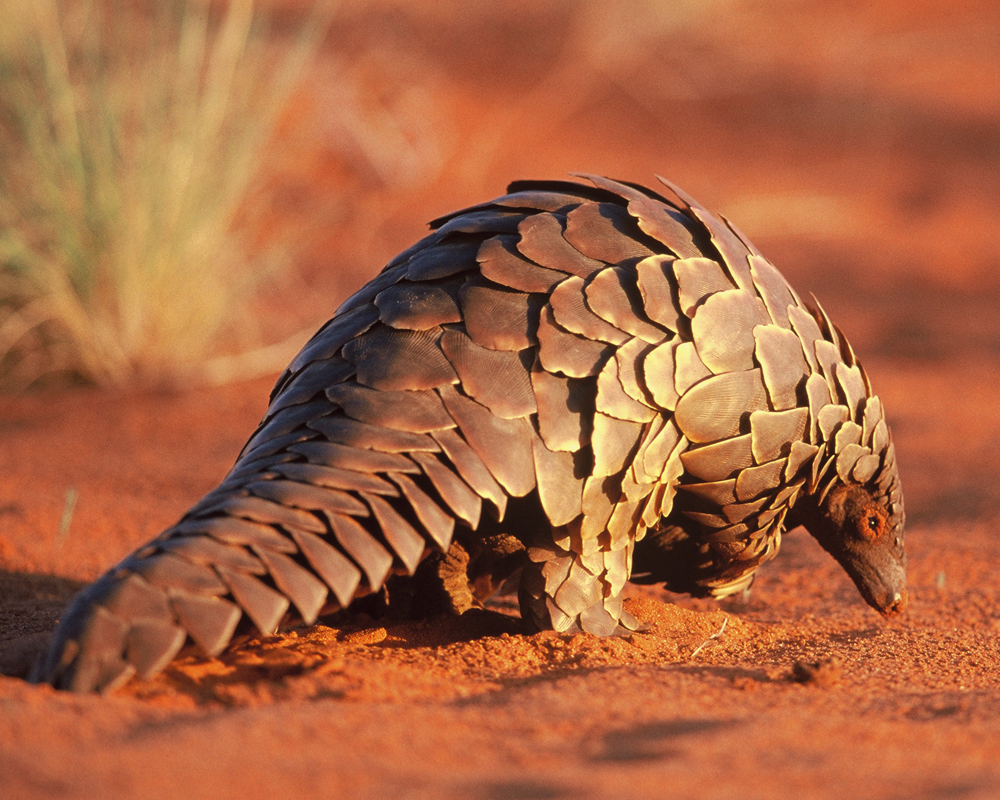
Five Endangered species in Africa that need international intervention
One of the most important global wildlife conservation treaties, the Convention on International Trade in Endangered Species (CITES) is meeting to discuss the fate of world’s endangered animal and conservation efforts.
CITES an organ that consists of 180 governments, intergovernmental organizations, indigenous peoples, non-governmental organizations, philanthropists and businesses regulates and monitors the international trade of wildlife and plant species.
Some of the African endangered flora and fauna that will be discussed in the conference includes elephants, Rhinos, Pangolins, sharks and rays, rosewood, African lions, and African grey parrots.
Sharks and Rays
Globally, sharks continue to be viewed by some as feared predators, yet the survival of many species of sharks is threatened by human activity including from overfishing, over-consumption of their meat, fins and cartilage and the destruction of their habitats. Sharks play a critical role in maintaining the health and diversity of wider aquatic ecosystems and are particularly vulnerable to overexploitation owing to their late maturity, longevity and low rates of productivity.
African Lions
African lion populations have experienced an overall decline of 43 per cent between 1993 and 2014. While populations increased in Botswana, Namibia, South Africa and Zimbabwe by 12 per cent over the same period thanks to good wildlife management, other sub-populations in the rest of Africa have plummeted by 60 per cent.
The sharp declines in lion populations over the last decade mean there is clearly an urgent need to address the pressures affecting this majestic species. Strengthening the coordination and collaboration amongst the lion countries in Africa through workshops such as the one convened by CMS and CITES in Entebbe is key to reaching this goal,” said Bradnee Chambers, Executive Secretary of Convention on the Conservation of Migratory Species of Wild Animals.
Pangolin
There are four species of Pangolin living in Africa, they include Black-bellied pangolin, White-bellied pangolin, Giant Ground pangolin and Temminck’s Ground pangolin, all species are listed as endangered.
Pangolins are among the most trafficked animals in the world, since their meat is considered a delicacy and pangolin scales are used in traditional medicine and folk remedies to treat a range of ailments from asthma to rheumatism and arthritis.
African Elephants
Elephant ivory is so valuable to some humans leading to many elephants being killed for their tusks. This trade is illegal today, but it has not been completely eliminated, and some African elephant populations remain endangered.
Elephants are in over 37 countries in Africa. Elephants are in sharp decline due to poaching for the international ivory trade
Rhino
Rhinos remain Critically Endangered because of rising demand for rhino horn, which has driven poaching to record levels.
According to World Wildlife in Africa, Southern white rhinos thrive in protected sanctuaries and are classified as Near Threatened. But the Northern white rhino subspecies is believed to be extinct in the wild and only a few captive individuals remain in a sanctuary in Kenya. Black rhinos have doubled in number over the past two decades from their low point of 2,480 individuals, but total numbers are still a fraction of the estimated 100,000 that existed in the early part of the 20th century.
CITES classifies species in three appendices: Appendix 1 includes those regarded as highly endangered or threatened with extinction. It prohibits global trade in such species or their byproducts for commercial purposes. Exceptions for cross-border movement are made if the intention is not commercial sale. Examples would include rhino horn or ivory elephant tusks taken as trophies by sports hunters who took part in legal hunts.
Species listed in Appendix II are not threatened with extinction but controls are imposed on trade to ensure overexploitation does not take place and that wild populations remain viable.
Appendix III contains species that are protected in at least one CITES member state which has asked the Convention for help in controlling trade.











